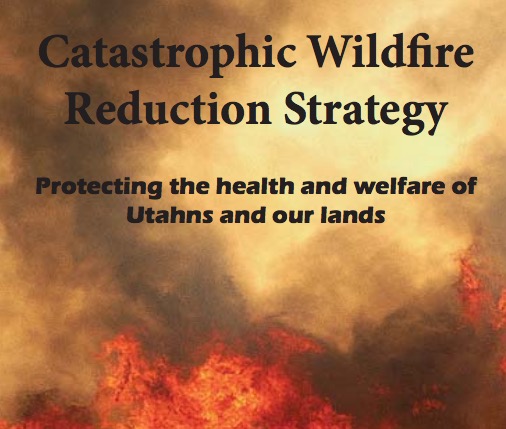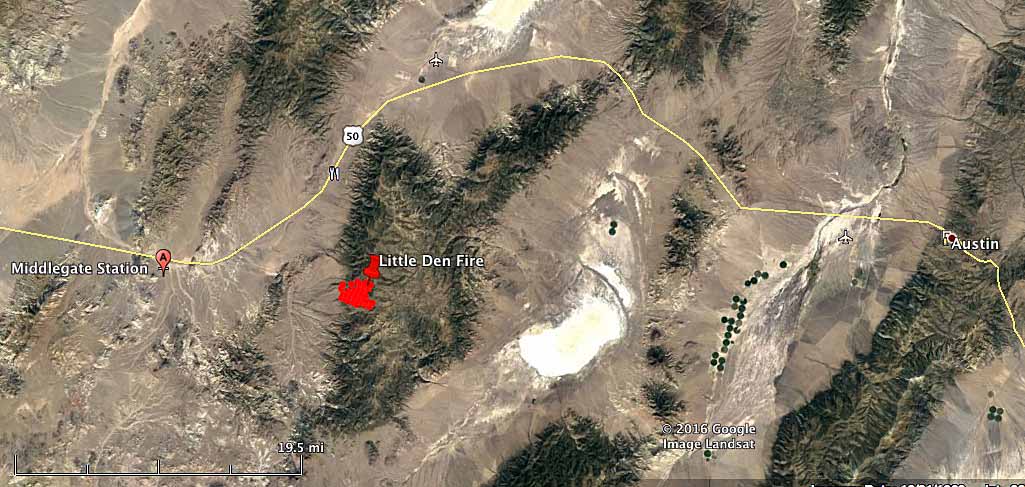The California Department of Forestry and Fire Protection has released what they call a “Green Sheet”, a summary of the burnover of an engine that occurred as it was making a mobile attack on the Pacheco Fire, which eventually burned 341 acres in Calaveras County south of Valley Springs.
****
“SUMMARY
On July 12, 2016, a CAL FIRE Type 3 Model 34 engine (E1) attempted to start a mobile attack toward the head of a vegetation fire. Firefighters deployed two lines, but before they could anchor and start the mobile attack, the main fire and several spot fires converged on the fire engine. One firefighter took refuge in the engine, and one firefighter ran into the green. The engine sustained damage from the fire. Neither firefighter was injured.
CONDITIONS
- Weather: 89°, 21% relative humidity, winds 9 mph from the west and shifting, taken from the Campo Seco RAWS at 1400 hours.
- Fuel Type: Approximately two feet tall grass.
- Topography: Southeast aspect, rolling topography with multiple draws
- Fire Behavior: Sheeting, fire whirls, spotting
SEQUENCE OF EVENTS
On July 12, 2016, at approximately 1314 hours, CAL FIRE and local government resources were dispatched to a vegetation fire in the vicinity of Langford Pacheco Road and Milton Road in Calaveras County. The initial report on conditions given by the Air Attack at 1329 hours was 15 acres of grass woodland and spotting out in front of the main fire. At 1356 hours, the fire was reported to be 100 acres in size and spotting under the column.
A CAL FIRE engine (E1) arrived at scene at 1345 hours and was assigned Division R, the right flank of the fire. The crew met with a Battalion Chief (BC1) and came up with a plan to create an anchor point and start a mobile attack toward the head of the fire. A second CAL FIRE Engine (E2) and Dozer (D1) were just behind E1.
As E1 crossed through a gate to make access to the fire. E1 stopped in the green and deployed a one inch THY-600 Angus line manufactured by Rawhide Fire, with a 3/8 inch tip for the mobile attack and a reel line to pick up any spot fires. The Captain (FC1) on E1 saw the engine was between the main fire and multiple spot fires. Winds were shifting and the fire behavior was erratic so FC1 from E1 gave the order to pick up the lines so they could move to a better location. As the two firefighters (FF1 and FF2) began to roll up the hose, the main fire and spot fires converged and burned up to the engine. FF1 jumped into the engine while FF2 ran away from the engine into the green, losing his helmet. FC1 lost sight of FF2, and seeing only flames, announced on the tactical frequency that a fire fighter had been burned over. Engine E2 radioed to E1 that they were heading toward them. A large fire whirl was between E2 and E1.
Uninjured, FF2 looked back toward E1 from the green and saw the under carriage of the engine was on fire. FF2 contacted E1 on the radio and told them the engine was on fire. FF1 exited the cab and used the reel line to extinguish the fire under the engine.
Flame impingement caused the airlines above the frame rails to burst. When the air pressure dropped below 60 psi, FC1 was unable to release the spring brake. FF2 ran back to E1. A helicopter dropped water around E1 while D1 constructed line around a portion of E1 to protect the crew. FC1 notified the Incident Commander that all personnel were accounted for and in a good location.
There were no injuries. E1 sustained heat damage to the tires, fenders, lens covers, air brake lines and pump panel.
SAFETY ISSUES FOR REVIEW AND LESSONS LEARNED
STANDARD FIRE ORDERS
- Base all actions on current and expected fire behavior.
WATCH OUT SITUATIONS
- Wind increases and/or changes direction.
- Getting frequent spot fires across line.
LESSONS LEARNED
- Consider topographical features and fuels, no matter how minor, in relation to you and/or your vehicle’s location to anticipate fire behavior.
- Base actions on current fire situation and activity potential.
- Properly wear your PPE”








